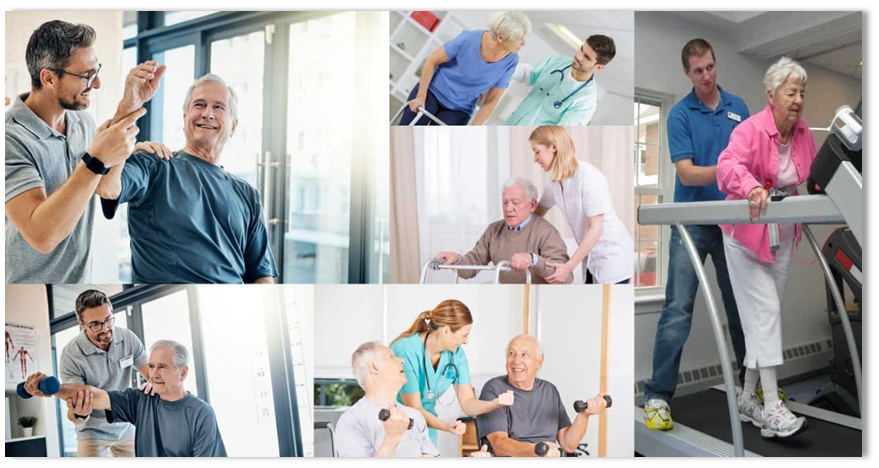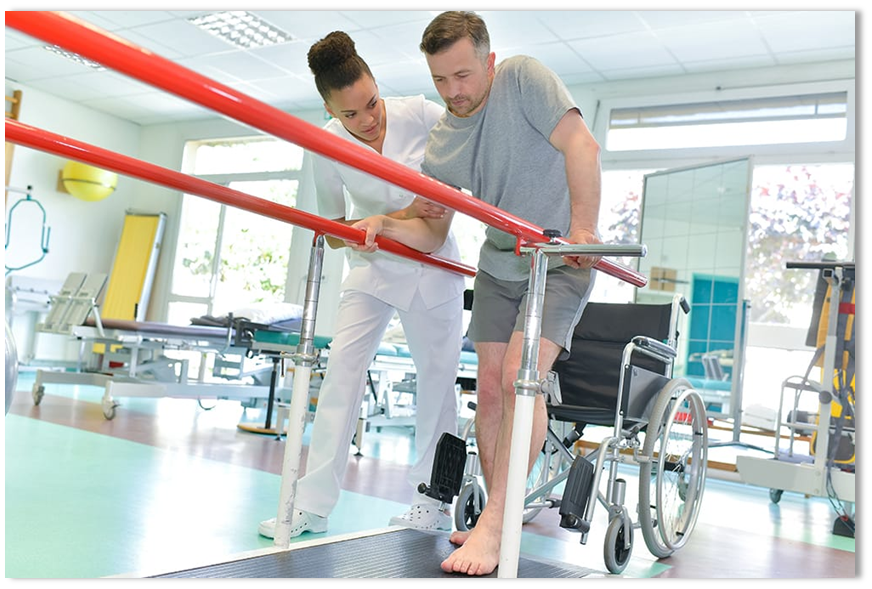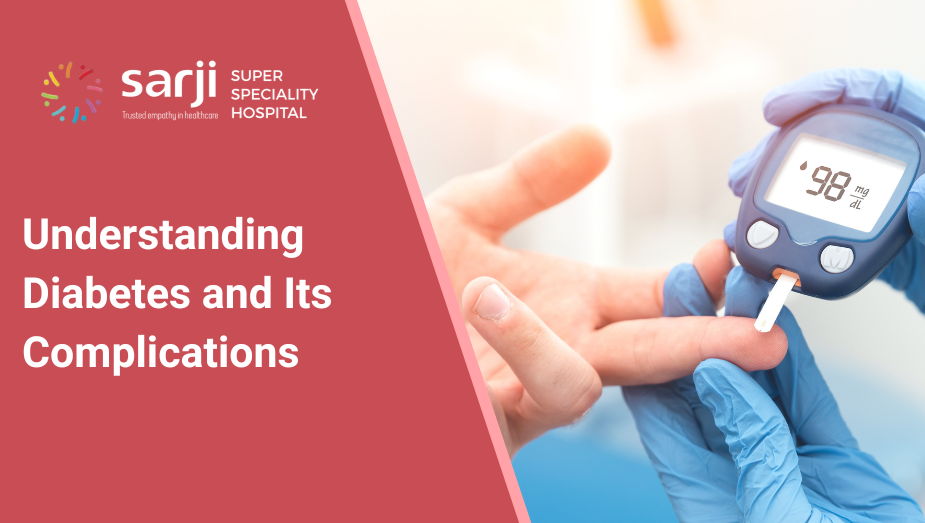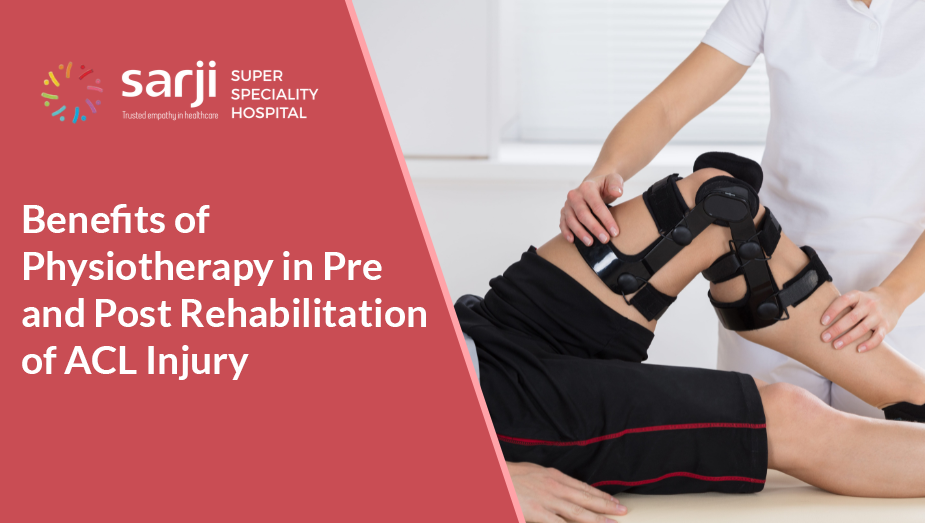

Stroke is a leading cause of disability worldwide, often resulting in motor, sensory, and cognitive impairments. Physiotherapy plays a crucial role in the rehabilitation process, helping stroke survivors regain function, independence, and quality of life. Below are the key benefits of physiotherapy management and rehabilitation for stroke patients:
Motor Function Recovery
- Improves muscle strength and coordination.
- Enhances movement control and reduces muscle stiffness.
- Promotes neuroplasticity, aiding the brain’s ability to reorganize and form new neural connections.
Improvement in Mobility and Gait
- Helps restore walking ability through gait training.
- Addresses balance issues to prevent falls.
- Enhances endurance and overall physical activity levels.
Reduction in Spasticity and Muscle Tightness
- Prevents contractures and deformities through stretching and mobilization.
- Reduces involuntary muscle contractions, improving movement efficiency.
Enhancement of Cardiovascular Fitness
- Encourages aerobic exercises to improve heart and lung function.
- Reduces the risk of recurrent strokes and cardiovascular diseases.
Functional Independence
- Facilitates activities of daily living (ADLs) such as dressing, bathing, and eating.
- Promotes self-reliance, reducing the burden on caregivers.
Pain Management
- Alleviates post-stroke pain, including shoulder pain and neuropathic pain.
- Uses techniques like manual therapy, electrotherapy, and hydrotherapy.
Cognitive and Psychological Benefits
- Stimulates cognitive function through task-oriented exercises.
- Reduces depression and anxiety associated with stroke recovery.
Speech and Swallowing Improvement
- In collaboration with speech therapists, physiotherapy helps improve swallowing difficulties (dysphagia).
- Assists in communication through physical exercises targeting facial muscles.
Prevention of Secondary Complications
- Minimizes risks of deep vein thrombosis (DVT), pressure sores, and joint stiffness.
- Encourages early mobilization to prevent complications.
Social Reintegration and Quality of Life
- Encourages participation in social and recreational activities.
- Enhances overall well-being and life satisfaction.
Stimulation Treatment in Stroke Rehabilitation
- Electrical stimulation therapy helps activate weakened muscles.
- Sensory stimulation techniques enhance proprioception and sensory feedback.
- Transcranial magnetic stimulation (TMS) supports neuroplasticity and cognitive recovery.
- Functional electrical stimulation (FES) aids movement in paralyzed muscles.
Rehabilitation Process in Stroke Patients

Acute Phase (Hospital-based Rehabilitation)
• Early mobilization to prevent complications.
• Passive and active range-of-motion exercises.
• Positioning techniques to prevent pressure sores and contractures.
Subacute Phase (Intensive Rehabilitation Phase)
• Task-specific training to improve mobility and ADLs.
• Balance and coordination exercises.
• Strength training and endurance exercises.
Chronic Phase (Long-term Rehabilitation)
• Community-based rehabilitation and home exercise programs.
• Vocational training for return-to-work goals.
• Adaptive strategies for independence in daily life.
Physiotherapy is an essential component of stroke rehabilitation, enabling patients to regain independence and improve their overall quality of life. A well-structured rehabilitation program tailored to individual needs significantly enhances recovery outcomes.






